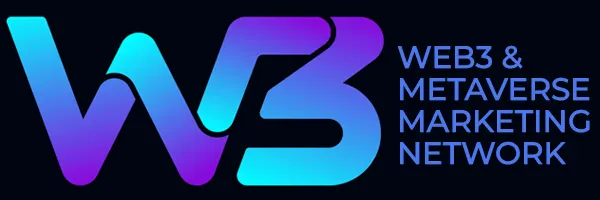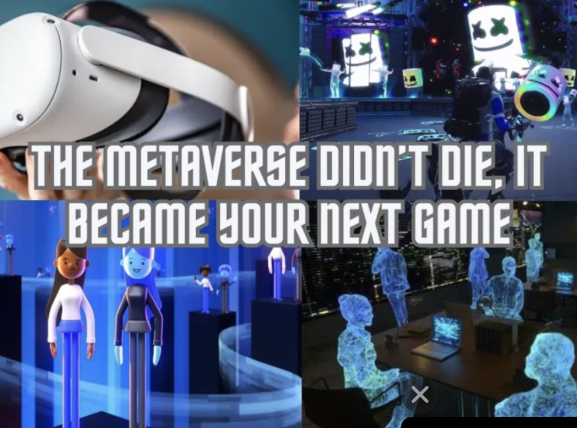10 Tips For Designing Your Metaverse Project
The Metaverse, a virtual shared space where users can interact with a computer-generated environment and other users, has become a focal point for innovation and business opportunities. Designing a robust business model for your Metaverse project is essential for its success. In this guide, we’ll explore key considerations and strategies to help you shape a sustainable and effective business model for your venture into the Metaverse.
1. Define Your Metaverse Concept
Begin by clearly defining the concept of your Metaverse project. What kind of virtual environment are you creating? Is it a social space, a gaming platform, an educational hub, or a combination of these? Understanding your project’s core purpose will shape your business model.
2. Identify Revenue Streams
Determine the primary sources of revenue for your Metaverse project. Common revenue streams in the Metaverse include:
- Virtual Asset Sales: Sell digital assets, NFTs (Non-Fungible Tokens), or virtual real estate within the Metaverse.
- Subscription Models: Offer premium subscription plans for enhanced features or experiences.
- Advertisement and Sponsorship: Partner with brands for in-Metaverse advertising or sponsored events.
- Transaction Fees: Charge fees for virtual transactions or financial activities within the Metaverse.
- Licensing and Partnerships: Explore licensing agreements and partnerships with other Metaverse projects or real-world brands.
3. User Acquisition and Retention Strategies
Develop strategies for acquiring and retaining users. Consider offering incentives for early adopters, providing a seamless onboarding experience, and implementing engagement features that encourage users to stay active within the Metaverse.
4. Invest in Technology Infrastructure
The success of your Metaverse project relies heavily on a robust technological infrastructure. Ensure that your platform can handle a large user base, deliver high-quality experiences, and accommodate future scalability.
5. Community Building and Engagement
Cultivate a strong community around your Metaverse project. Implement features that encourage social interaction, collaboration, and user-generated content. A vibrant and engaged community can contribute significantly to the success of your project.
6. Blockchain Integration and Tokenomics
Explore the integration of blockchain technology and develop a comprehensive tokenomics model. Consider creating a native utility token for your Metaverse, enabling users to participate in the virtual economy, own virtual assets, and engage in decentralized governance.
7. User Privacy and Security
Prioritize user privacy and security. Implement robust data protection measures, adhere to privacy regulations, and communicate transparently with users about how their data is handled within the Metaverse.
8. Regulatory Compliance
Stay informed about regulatory developments related to virtual economies and digital assets. Ensure that your Metaverse project complies with relevant laws and regulations, addressing potential legal challenges proactively.
9. Iterative Development and User Feedback
Embrace an iterative development process based on user feedback. Regularly update and enhance your Metaverse project to meet user expectations, address issues, and introduce new features that align with user preferences.
10. Monetizing Virtual Experiences
Explore innovative ways to monetize virtual experiences within your Metaverse. This could include hosting virtual events, offering virtual goods and services, or creating unique in-Metaverse experiences that users are willing to pay for.
Blockchain Magazine
#metaversemarketing #web3marketing #immersiveexperiences #virtualworlds #virtualexperiences #metaverseexperiences #metaversenews #metaversedevelopment







